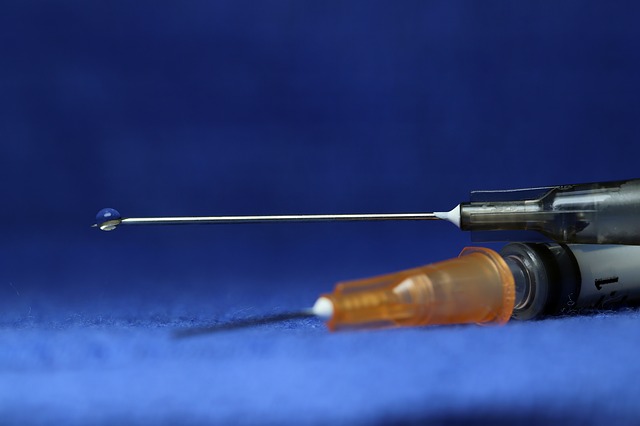Glucagon can be a lifesaver, literally. Glucagon’s primary use is in the setting of severe hypoglycemia. Glucagon works by increasing cyclic AMP which causes glycogenolysis and gluconeogenesis. This ultimately leads to an increase in glucose in the blood and helps manage a hypoglycemic state. Here are some clinical pearls that are important to glucagon’s use.
How bad is your hypoglycemia?
The ADA has threshold levels for hypoglycemia. Level 1 is a blood sugar less than 70 mg/dL and greater than or equal to 54 mg/dL. Generally, these patients can be treated by giving fast-acting carbs. Level 2 is a blood sugar less than 54. Level three is hypoglycemia in which a patient has an altered mental and physical status that requires assistance. I think the most important thing to remember with the use of glucagon, is if there is a doubt in your mind on altered mental status, glucagon should be given. When giving oral glucose replacement, the risk of aspiration/choking is real in patients who may be borderline in/out of consciousness. Here’s a case scenario on hypoglycemia in the elderly.
New Nasal Formulation
Glucagon nasal (Baqsimi) is a new formulation in which glucagon can be given via nasal administration. This does not require the patient inhale while the dose is given. You could imagine that inhaling through the nose would be difficult for a patient who is unconscious.
Glucagon’s Off-Label Role in Anaphylaxis
There is some evidence that glucagon can be utilized in patients who have an anaphylaxis episode that is not relieved by epinephrine. Most often the risk of non-response to epinephrine is going to be due to a patient being on a beta-blocker. Remember that beta-blockers can blunt the effects of drugs that have beta-agonist activity.
Precaution on continuous infusion
Glucagon has the rare potential to cause a skin rash, particularly with continuous glucagon infusion. The rash is called Necrolytic Migratory Erythema (NME). The rash is usually self-limiting once the drug is discontinued.
Avoiding Secondary Hypoglycemia After Glucagon Administration
Just because glucagon is given and the blood sugar comes back to a more acceptable level, it does not mean this patient is out of the woods. We have to remember that this patient is at risk for secondary hypoglycemia. This patient still needs to be given carbohydrates ASAP and will need to have blood sugars monitored to prevent secondary hypoglycemia when the effects of the drug wear off.
Patient Education
If you see one of your patients who has been prescribed a new order of glucagon, take the time and ask that patient about their diabetes. Glucagon use/need can indicate that a patient is struggling with their diabetes. It may indicate that they have had recent medication changes which caused hypoglycemia, started to become more adherent to their regimen, may not be tolerating their sulfonylurea (link to podcast episode), or even made a mistake in dosing their insulin.
Did I miss anything important? Leave a comment below!
- 30 medication mistakes PDF
- 18+ Page Drug Interaction PDF
- 10 Commandments of Polypharmacy Webinar based on my experiences in clinical practice



Not as big of an issue in LTC but could be- remember glucagon may not work to increase glucose if a patient drank a lot of alcohol – they would need IV dextrose to increase glucose
Great comment, thank you!!